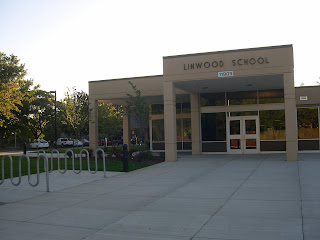Project: Newport Head Start
Location: Newport, Oregon
Architect: Arbuckle Costic Architects, Inc.
363 State Street
Salem, Oregon 97301-3533
General Contractor: Greenberry Construction.
Square footage: 4,050 sq. ft.
Status: Completed 2009

An old mechanical repair shop that was converted to a Head Start building. The original building was constructed with CMU (concrete masonry units) on three sides and the front had concrete frames. We were able to secure the 1953 existing drawings for this building and the 1995 remodel so we could evaluate the building for current code standards.

May 28th was the grand opening for the center and was awarded for its "green" use.

The existing concrete structure appeared to be adequate for new lateral loads as did the masonry walls. However, there was no account for out-of-plane loading to the walls. They were already furring out the inside of the wall, so we opted to run the metal studs up to the underside of the existing roof diaphragm. These studs were fastened to the masonry walls with metal clips every 24 inches and screwed into the roof sheathing. New plywood was added to the roof of the existing structure to give it better diaphragm capabilities.
The new portion of the facility was standard wood framed construction consisting of press-plat trusses tying into the existing roof where applicable. The walls were 2x wood studs with plywood sheathing and lateral connections for wind/seismic forces. On the east side, a covered area was added which housed new mechanical units. It was framed with 2x rafters, glulam beams and wood I-joist. Lateral resistance was taken out by HSS columns embedded in nonconstrained footings on the outer perimeter.








